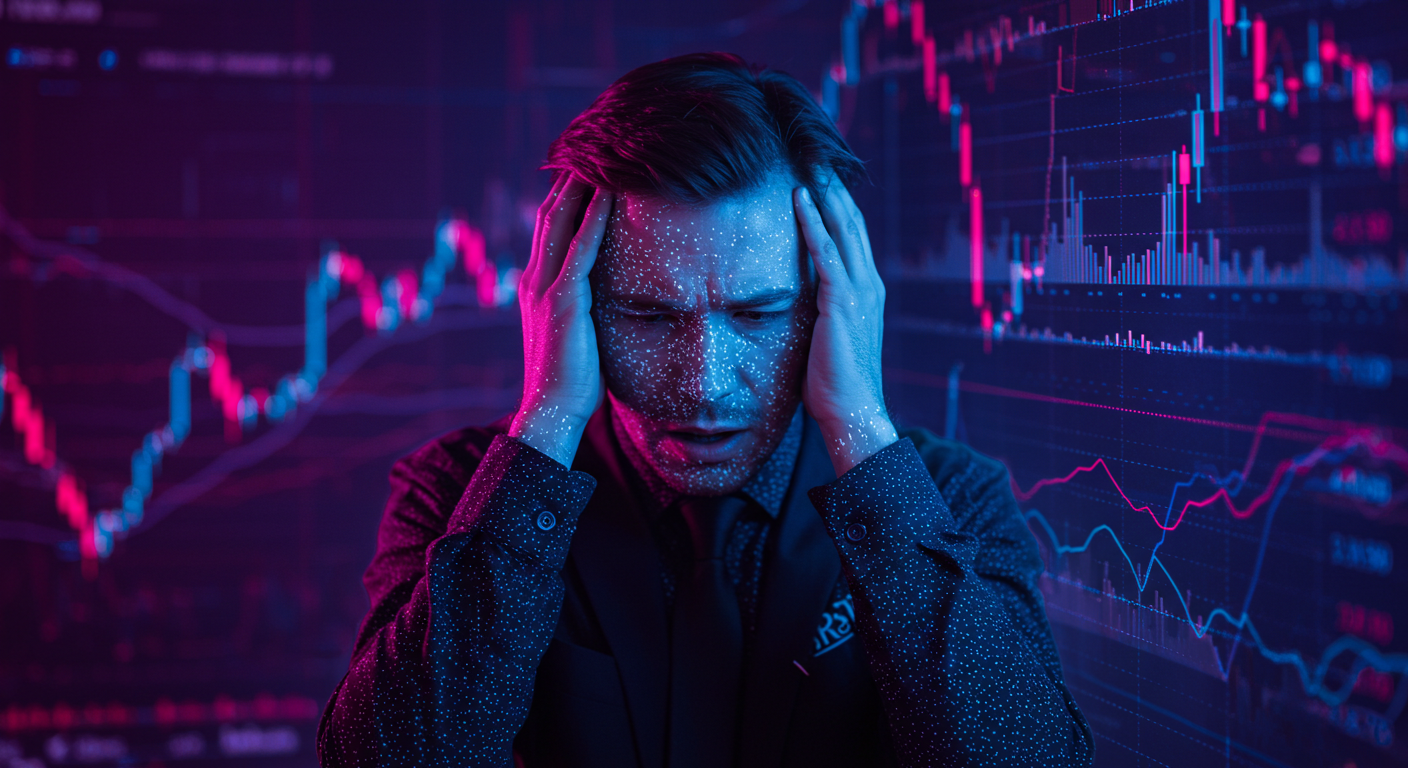
You wake up, coffee in hand, screens glowing with opportunity. The markets are moving, and you’re ready to jump in. But somewhere between the first trade of the day and the fiftieth price refresh, the excitement starts to fade. Your heart races, your shoulders tense, and suddenly, every decision feels heavier than it should. Sound familiar?
Welcome to the reality of trading stress.
The markets are relentless—always open, always shifting, always demanding your attention. But trading success isn’t just about reading charts and executing trades—it’s about managing your mindset and energy levels too. If you’re running on fumes, your decision-making will suffer, your confidence will dip, and your once-strategic moves will become reckless guesses.
But it doesn’t have to be that way.
The Hidden Cost of Stress in Trading
Stress doesn’t just make you feel bad—it kills your edge in the market. That slight hesitation before executing a trade? The panic-driven impulse buy? The refusal to cut a losing position, hoping for a miracle reversal? That’s stress talking.
Burnout doesn’t hit all at once—it creeps up on you. One minute, you’re locked in, feeling on top of the world. The next, you’re fatigued, unfocused, and making trades just to feel like you’re doing something.
The early signs of burnout are subtle. It starts with an extra hour at the screen, then two. A hesitation that wasn’t there before. A sudden wave of doubt before executing a trade. A tendency to overcorrect, to react impulsively instead of following a plan. What once felt like a thrilling game of strategy starts to feel like a war of attrition—one where you’re both the commander and the casualty.
The markets have a way of rewarding patience, of favouring those who know when to act and when to wait. The best traders aren’t necessarily the ones who know the most technical patterns or have the most aggressive strategies. They are the ones who know themselves. Who recognize the limits of their focus, their stamina, their emotional resilience.
Learning to Unwind
In an industry that thrives on the idea of ‘grind culture,’ the notion of stepping away feels counterintuitive.
But the traders who last aren’t the ones who trade the most—they’re the ones who trade the smartest. And smart trading is about more than just numbers and charts. It’s about energy management. It’s about knowing when to unplug, when to reset, when to take a step back so that you can return sharper, clearer, and in control.
The traders who thrive are the ones who have built rituals into their day—not just for trading, but for maintaining balance. They have their morning routines, their ways of grounding themselves before the first trade. They set limits, not just on their positions but on their time. They step away when they need to, knowing that clarity doesn’t come from staring at the screen longer, but from knowing when to pause and recalibrate.
And perhaps most importantly, they know that trading is not just about the wins. It’s about the long game. It’s about consistency over time, about learning from losses without letting them define you. It’s about knowing that success isn’t just measured in profits, but in longevity.
The market isn’t going anywhere. The question is, will you still be here, years from now, still sharp, still in love with the game, still making moves with confidence? Because the ones who last aren’t just traders. They are strategists, they are risk managers, they are masters of their own minds.
And that, in the end, is what separates those who burn out from those who build legacies.









